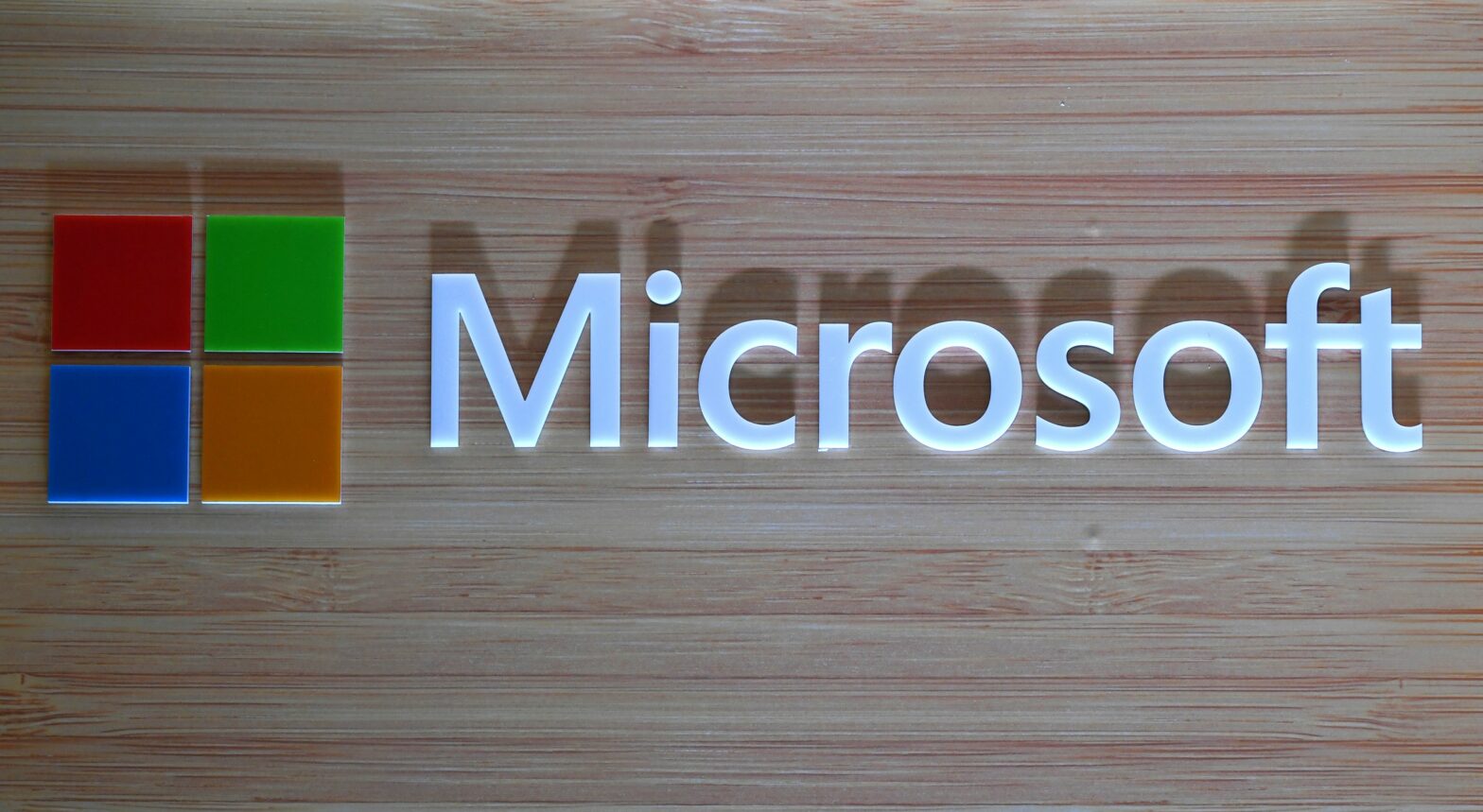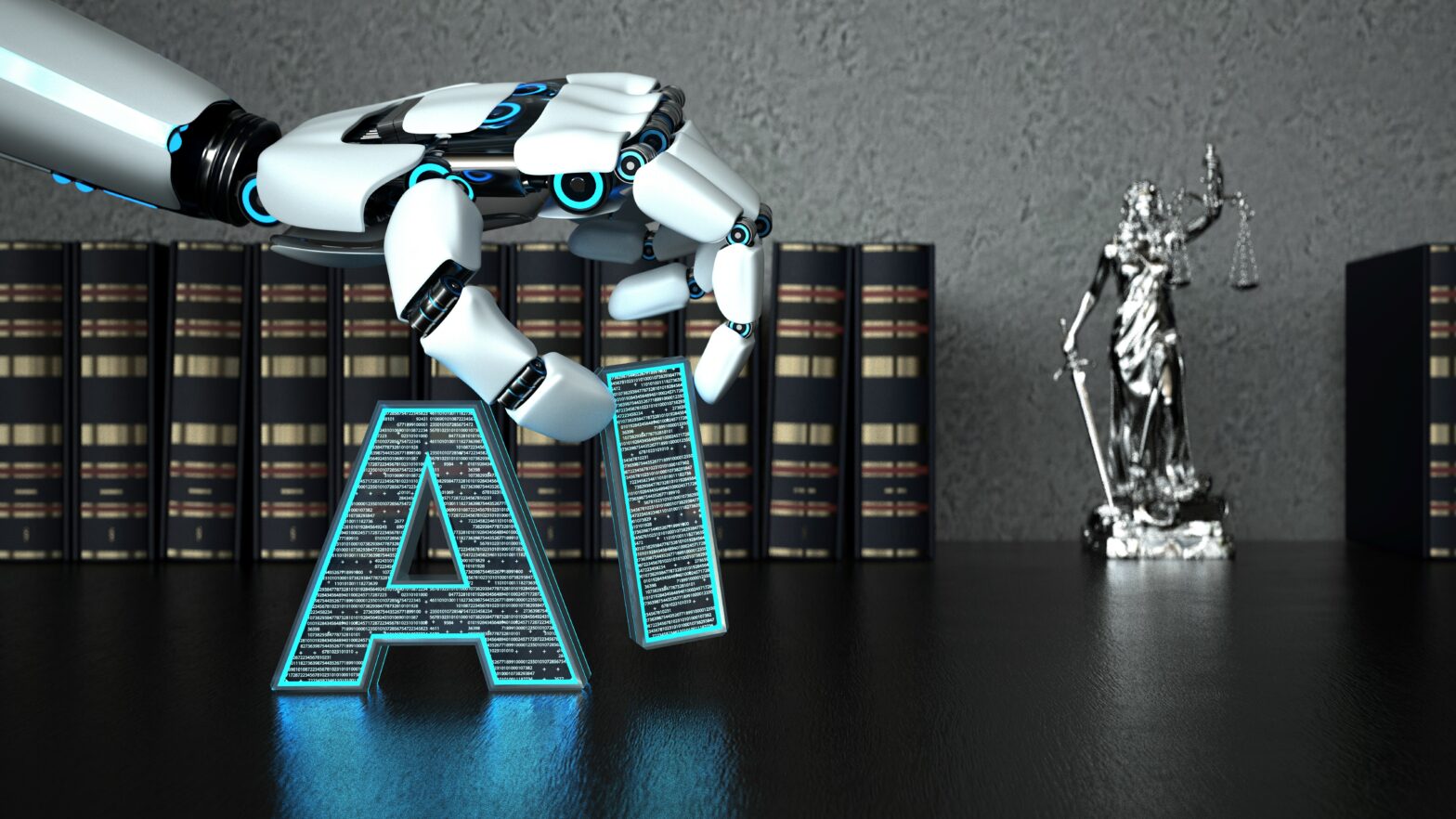Do you understand the charges that have been brought against you? “No, we do not,” said lawyers for the low cost airline EasyJet when they unsuccessfully attempted to have an IT copyright infringement case brought against them kicked out last month (September 2003). The evidently complex case will now be heard at the High Court in November.
Documents filed with the High Court by plaintiff Navitaire, an Accenture subsidiary, allege that EasyJet contractor BulletProof Technologies copied the design of an airline booking system from one that had earlier been developed for the airline by Navitaire.
The case is unusual in that no one is alleging that BulletProof copied any code. Rather, the company is alleged to have simply recreated the functionality of the Navitaire system. Normally, copyright is applied to the expression of an idea, rather than the actual function.
EasyJet says the case is so “incoherent” that it doesn’t even properly understand what it is supposed to be defending itself against.
But if IT executives at EasyJet are confused, they are unlikely to be on their own for long. Whatever the outcome of the case, legal experts are predicting a spate of intellectual property lawsuits in the coming years as a combination of technical and legal developments makes it far easier for system designers to infringe on intellectual property without them even knowing it.
The first element of a new problem is that business processes will become increasingly portable, copyable, and tradeable using business process management and composite application technology. That means, for example, that a ‘process’ for changing addresses across multiple systems could be easily traded as a component or a web service. The second element of this new issue is the fact that the European Patent Office is pushing ahead with plans to make these business processes patentable.
That could cause all kinds of trouble, say experts. To avoid paying royalties, it will not be enough to prove that an idea or some code was not copied. Rather, it will be necessary to show that the claimant’s implementation was not original, or is functionally dissimilar.
Given that whole companies can be based on a few simple business processes, it will be possible for someone else to own your company without you even knowing it, says Chris Nugent, managing director of business process modelling company Popkin Software.






